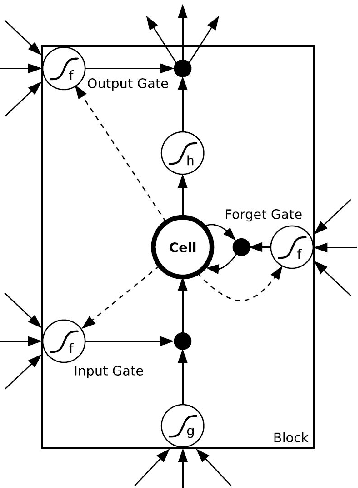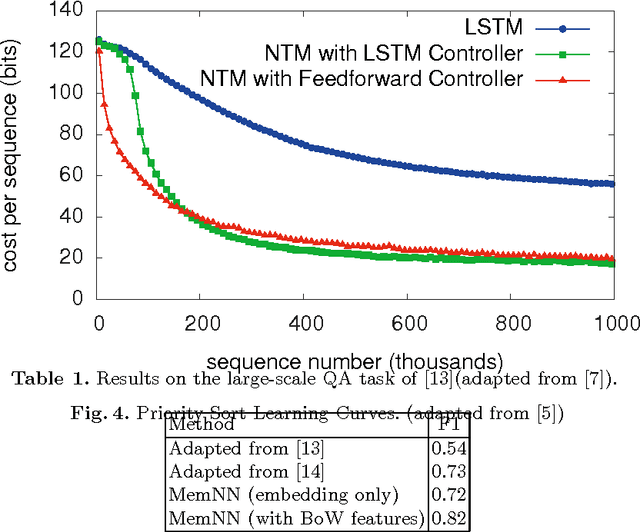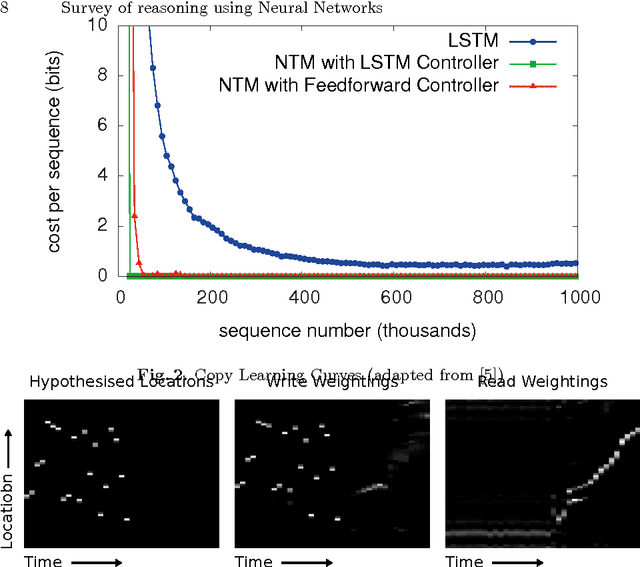Survey of reasoning using Neural networks
Paper and Code
Mar 02, 2017



Reason and inference require process as well as memory skills by humans. Neural networks are able to process tasks like image recognition (better than humans) but in memory aspects are still limited (by attention mechanism, size). Recurrent Neural Network (RNN) and it's modified version LSTM are able to solve small memory contexts, but as context becomes larger than a threshold, it is difficult to use them. The Solution is to use large external memory. Still, it poses many challenges like, how to train neural networks for discrete memory representation, how to describe long term dependencies in sequential data etc. Most prominent neural architectures for such tasks are Memory networks: inference components combined with long term memory and Neural Turing Machines: neural networks using external memory resources. Also, additional techniques like attention mechanism, end to end gradient descent on discrete memory representation are needed to support these solutions. Preliminary results of above neural architectures on simple algorithms (sorting, copying) and Question Answering (based on story, dialogs) application are comparable with the state of the art. In this paper, I explain these architectures (in general), the additional techniques used and the results of their application.
 Add to Chrome
Add to Chrome Add to Firefox
Add to Firefox Add to Edge
Add to Edge